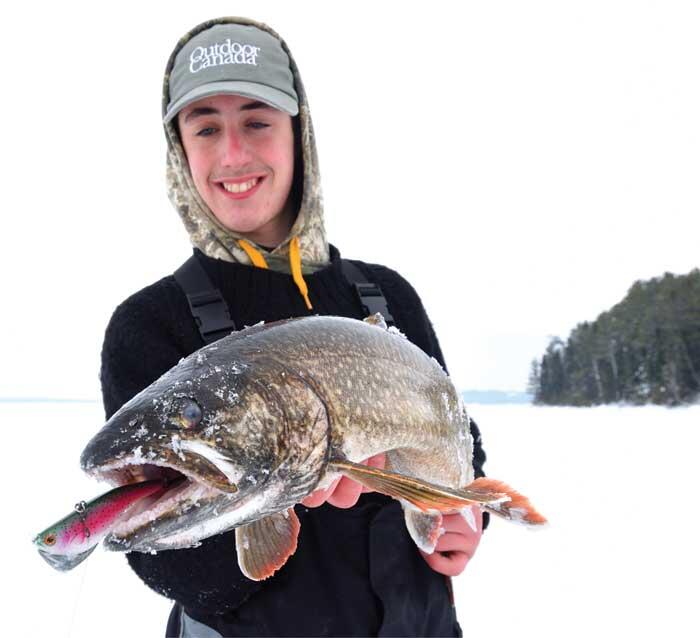
Weather or Not for Lake Trout
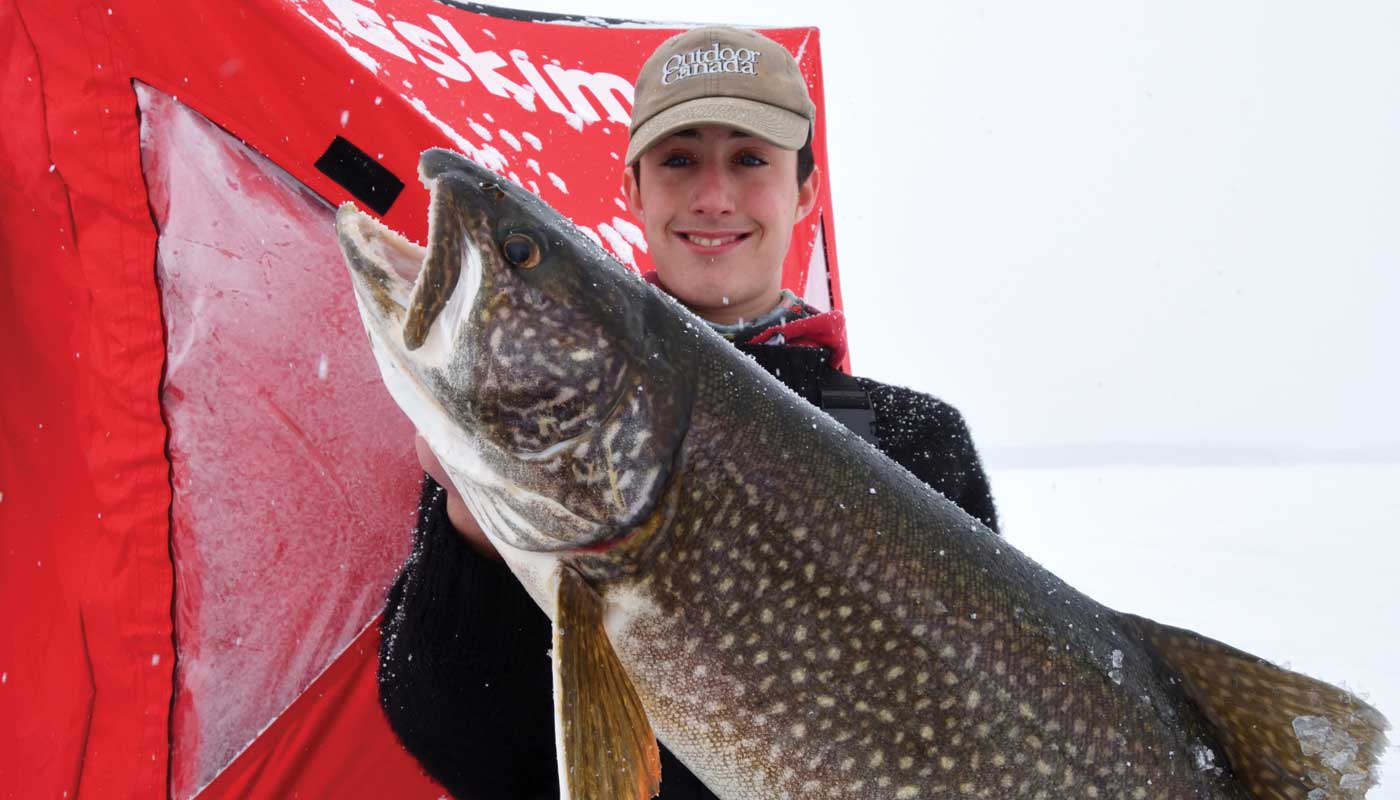
The good news this winter is that the ice conditions have never been better across all of Northern Ontario. Cold weather came early, and it has made for some absolutely beautiful, thick, safe, blue ice. Combined with a lack of deep snow in many areas, ice anglers have had little difficulty getting around and reaching their favourite ice fishing haunts.
But the fluctuation in daily weather conditions has made for some mighty fascinating and sometimes frustrating fish bites.
Last weekend, for example, we had an overnight swing of almost 50° F/ 25° C in the high for the day between Saturday and Sunday. The blast of warm weather was welcomed, but it had the lake trout behaving in wildly weird ways.
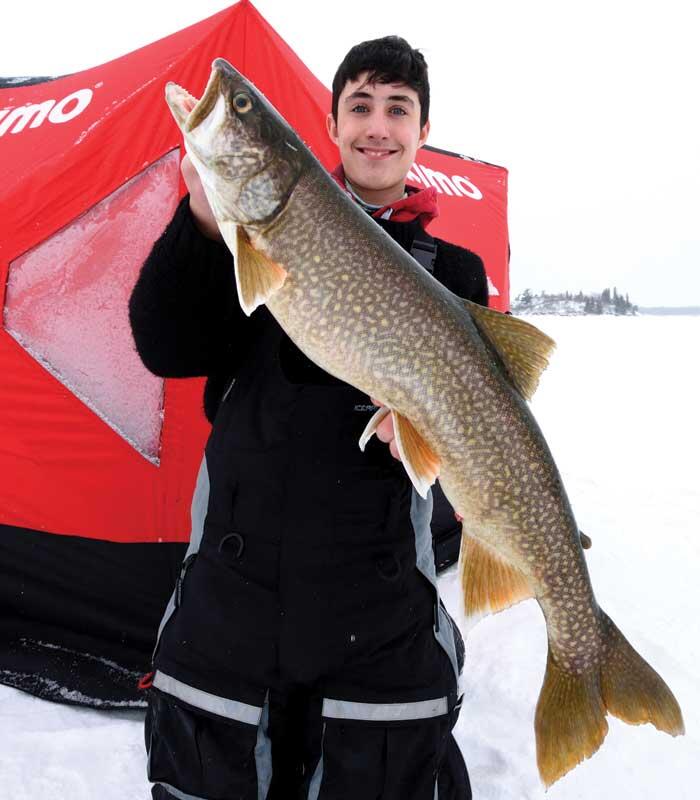
The ice conditions have never been better across Northern Ontario for anglers to access their favourite fishing spots.
Indeed, at our first stop on Sunday morning, buddy Cameron Tait, grandson Liam Whetter and I were swatting away at the trout like they were pesky flies. The fish were showing up on our sonar screens as thick red bars and were streaking up to clobber our lures. But they must have been doing it with their mouths closed because when we set the hooks, our rods would bend over and then the line would go slack.
As a matter of fact, at the first spot we fished, I watched a mammoth red bar on my Humminbird Ice 55-unit race up to my Kamooki Smartfish and felt it clobber the bait. I paused for a millisecond to let it get the lure well into its mouth, set hard and then watched my 36-inch, heavy-action Rapala R-series rod buckle over dangerously close to the breaking point. The fish was so big—the biggest I've hooked in many winters—that I couldn't turn the handle on the reel.
Liam Whetter spotted this gorgeous Northern Ontario lake trout on his sonar screen and then watched it race up to hit his Kamooki Smartfish.
And then, just as quickly, it was gone.
It happened at least a dozen times that day, and when I got home and compared notes with friends who had been lake trout fishing on other Sunset Country waters, it was as though we were all singing from the same songbook.
We saw lots of activity on the sonar screens, hooked plenty of fish, and missed countless trout. Indeed, what has always fascinated me over the years about fish behaviour is that when the message goes out, it seems like all the fish get it at precisely the same time, and then react the same way.
Fortunately, there was a three-part solution to our frustrating fish problem, and it began with using razor-sharp hooks. I mean, if the fish are going to slap your bait with their mouths closed and barely put it in their lips, you can't afford to be using a dull hook.
I keep a ballpoint pen-style diamond file in my snowsuit bibs and hone my hook constantly throughout the day. Especially after I land a fish. It is amazing how the hard, bony mouth of a lake trout, northern pike or walleye can dull a hook quickly and reduce its efficiency.
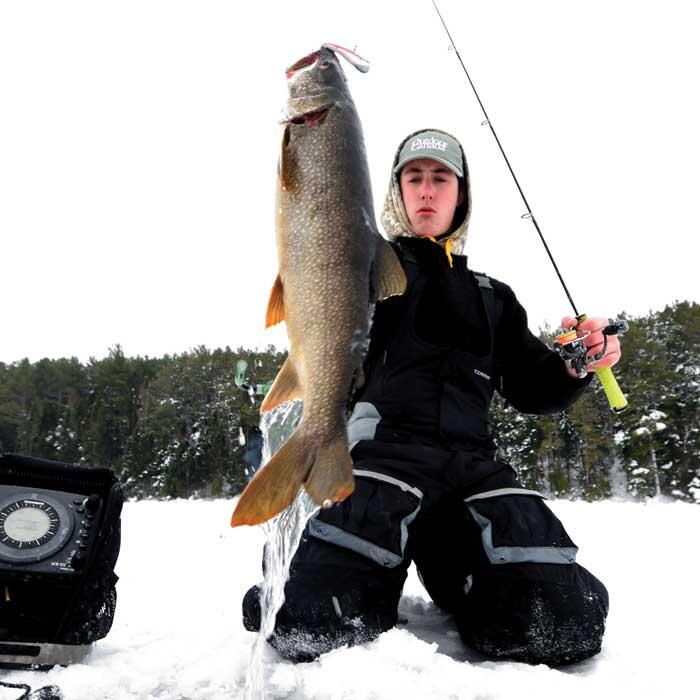
The second thing I do religiously is to take a pair of pliers and ever so gently expand the gap of the hook by about 5 degrees. If I am using a jig, I open it up so that the point is tilted above the lead head.
Just be careful to bend it out slowly and don't fall into the trap of thinking that if 5 degrees is good, 10 degrees must be better. Ten is too much and weakens the hook. You'll also damage it if you bend it out too far, too quickly, and then try to straighten it. Slow and steady wins the race.
With a razor-sharp hook that you've opened up this way, you'll discover that you will hook significantly more fish than your friends fishing beside you. But the trick that will put you in a league by yourself is waiting for a second or two after you feel a trout hit your lure before setting the hook.
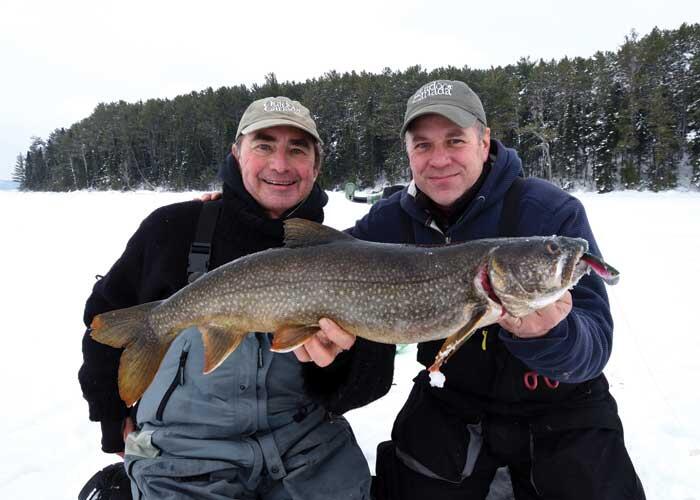
It is like fishing for bass with a topwater lure in the summertime—when you have to force yourself not to react to the surface splash, but to wait until you feel the fish tugging on the end of your line.
It is hard to do because today's modern sonar units are so good that you will see the fish appear on your screen, watch them swoop up and cover your bait and then feel a tug on the line. But, as hard as it is, you have to resist setting the hook too quickly.
Last week, for example, after I had missed the first two or three trout, I painstakingly forced myself to wait until I could feel the trout taking a few inches of line, under drag, from my reel.
From that point on, it was lake trout showtime in Northern Ontario.
Recommended Articles

10 Facts About Lake of the Woods

Eating Northern Pike

Winter Fish Scents

Crawford’s Diamond in the Rough

Fly Fishing The Nipigon River: What To Bring

Top 5 Baits for Smallmouth and Largemouth Bass

The Tigers of Sunset Country

Predicting Lake Thickness

Shoreline Strategies
Ontario Brook Trout

Learn to Be Slow in a Hurry

Casting for Coasters

Lakers of Lower Manitou: Fishing Just North of the U.S. Border
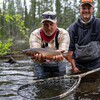
In Search of Brookies

Beaded Lures
Top 5 Musky Destinations in Ontario
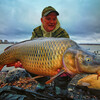
World Class Carp
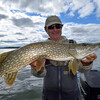
Don't Forget The Umbrella




